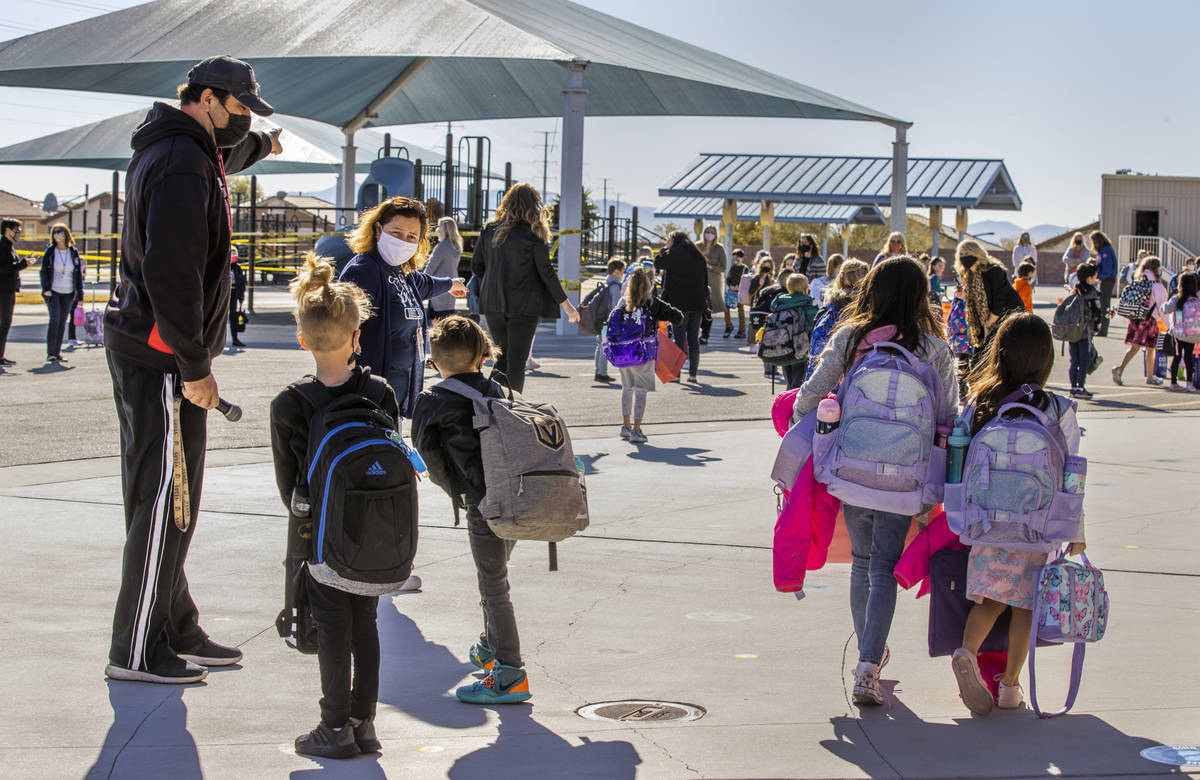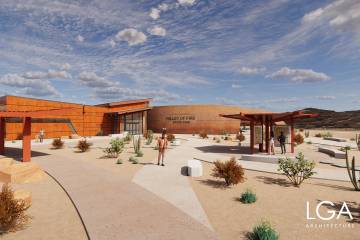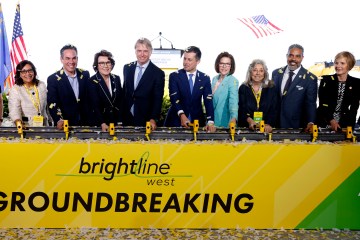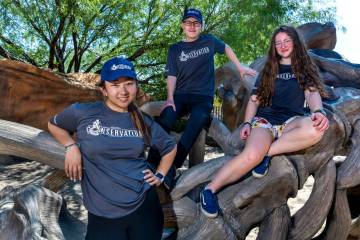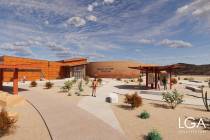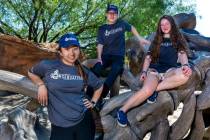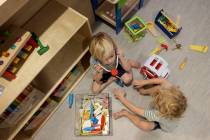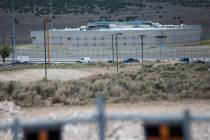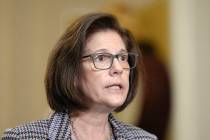Study: Child well-being improves in Nevada but more work to be done
Nevada ranks among the bottom states for overall child well-being, though it experienced improvements in several categories, according to a new 50-state data report that tracks the topic through economic, educational, health and family lenses in the United States.
The state earned the 45th spot for overall well-being, the Kids Count Data Book by the Annie E. Casey Foundation found. That’s up one spot from the 2020 ranking, according to the study released Monday. View the 2021 analysis here.
This year’s report, coupled with a study identifying “pandemic pain points” in households with children, determined Nevadans fared worse than the national average — with higher rates of housing instability and food insecurity, less access to health care and more adults with children experiencing “pervasive sadness,” according to the report. Experts are concerned it shows that a decade of progress could be wiped out by the effects of the COVID-19 pandemic.
“It’s really remarkable to see that there was progress and COVID just kind of knocked it back,” said Tara Raines, director of the Kids Count Initiatives for the Children’s Advocacy Alliance, a Nevada nonprofit. “That’s unfortunate because when the COVID report came out, we were faring worse than the national average in all the areas and there were a couple of places where we really closed the gap and good progress was being made before the pandemic.”
The Annie E. Casey Foundation used state-specific data from federal agencies to determine children’s well-being in four categories: economic, educational, health and family and community context. Nevada ranked among the bottom 10 states in all but health, in which it ranked 34th.
Even so, data show some significant gains in the last decade. In 2010, 38 percent of high school students were not graduating in time. In 2019 — the latest available year of data — it was 16 percent. Another notable improvement last decade was teen pregnancy rates: Nevada had a 51 percent decrease in teen birth rates from 2010 to 2019.
“For so long the story in Nevada has been doom and gloom, like we’re the worst of everything,” Raines said. “And one of the things I took from the 2019 data was that we’re not the worst. We’re not the best, but we’re not the worst. We’re moving toward the top of that bottom quartile.”
Massachusetts fared best in the nation for child well-being, according to the study. Mississippi came in last.
Leaders at the Annie E. Casey Foundation said the report shows how the COVID-19 pandemic has affected American families.
“The COVID-19 pandemic is the most extraordinary crisis to hit families in decades,” Lisa Hamilton, president and CEO of the Annie E. Casey Foundation, said in a statement. “Deliberate policy decisions can help them recover, and we’re already seeing the beginnings of that. Policymakers should use this moment to repair the damage the pandemic has caused — and to address long-standing inequities it has exacerbated.”
Nevadans should still feel optimistic about the growth between 2010 and 2019, Raines said. She’s taking the data as a chance for state leaders to question the cause of negatively affected topics and disparities and patch up the cracks in each systems’ foundations.
“How do we create systems that are accessible for everyone in Nevada and not just Nevadans with means or Nevadans with resources or Nevadans who are white? How do we make them accessible for everyone?”
McKenna Ross is a corps member with Report for America, a national service program that places journalists into local newsrooms. Contact her at mross@reviewjournal.com. Follow @mckenna_ross_ on Twitter.
How Nevada stacks up in the 2021 Kids Count Data Book report
The annual study ranks the well being of children in each U.S. state in four subcategories and overall, basedon the most recently available federal data from 2019.
Economic well-being: 41
Education: 46
Health: 34
Family and community context: 44
Overall: 45
Source: Annie E. Casey Foundation's 2021 Kids Count Data Book



